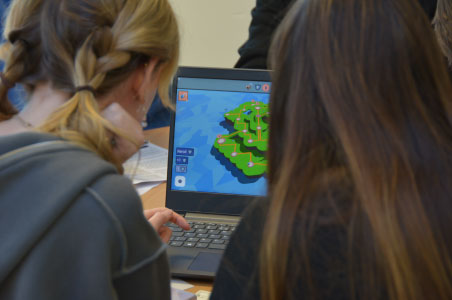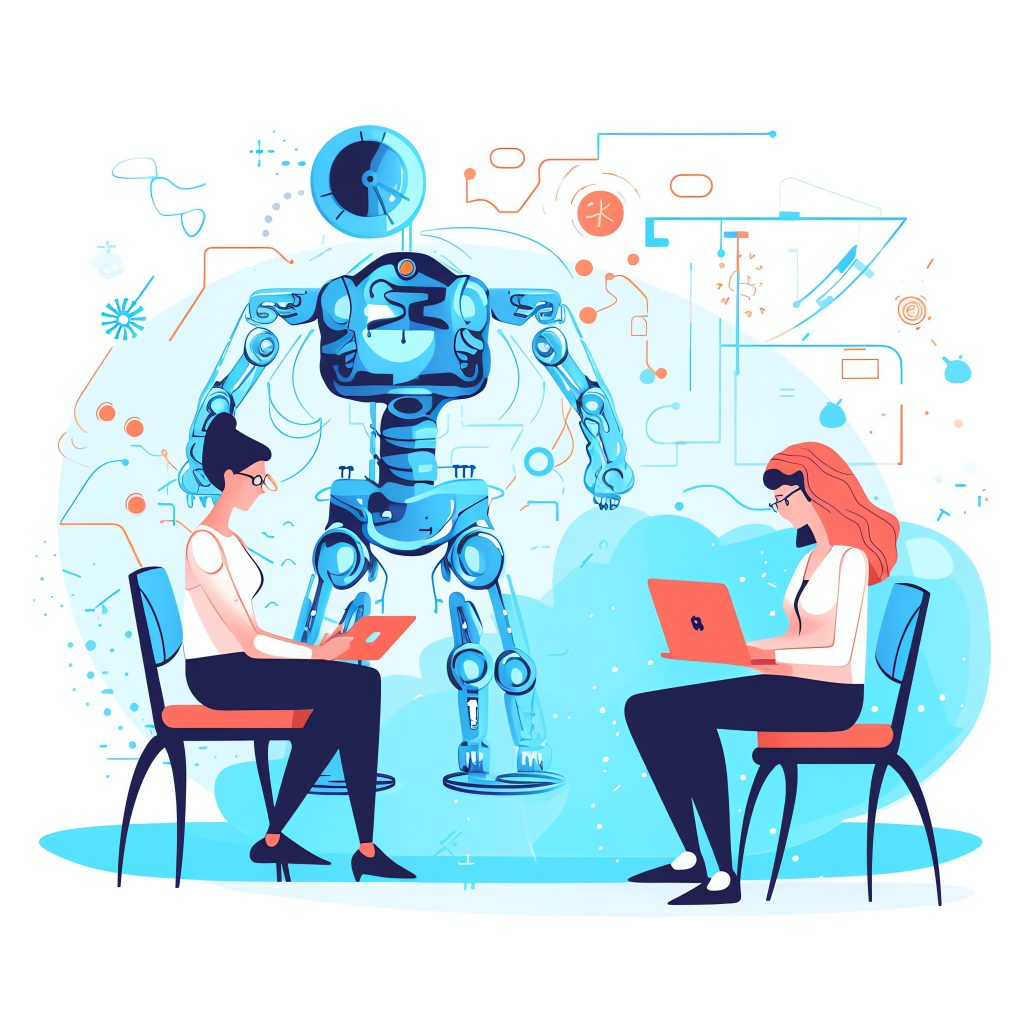Do you like playing games? Do you like learning new things? If you answered yes to both questions, then you might be interested in digital game-based learning (DGBL), a way of using games to enhance your learning experience.
DGBL can help you learn about various topics, such as cybersecurity, soft skills, and group work. But how does it work, and what are its strengths and weaknesses? In this blog post, I will explore these questions and show you why DGBL is a unicorn way to learn.

What is DGBL?
DGBL is the process of using digital games or game elements in a non-game context to engage learners and improve their learning outcomes. For example, you might play a game where you have to solve math problems, find historical facts, or create a story. The game itself is the learning activity. DGBL can make learning more interactive and immersive.
Why use DGBL for cybersecurity?
Cybersecurity is the protection of systems, networks, and programs from digital attacks. These attacks can cause damage, steal data, or disrupt services. Cybersecurity is important for everyone who uses the Internet, especially in our modern world where technology is everywhere. However, cybersecurity can also be complex, boring, or intimidating for some learners. That’s where DGBL comes in.
DGBL can help learners develop cybersecurity skills and awareness in a fun and engaging way. By playing games that simulate real-world scenarios, learners can practice how to prevent, detect, and respond to cyber threats. They can also learn about cyber ethics, cyber laws, and cyber hygiene.
Some of the benefits of using DGBL for cybersecurity are:
- It can increase learners’ motivation and interest in cybersecurity.
- It can provide immediate feedback and rewards for learners’ actions.
- It can foster problem-solving, critical thinking, and creativity skills.
- It can enhance learners’ confidence and self-efficacy in cybersecurity.
- It can create a safe and risk-free environment for learners to experiment and learn from their mistakes.

Why use DGBL for soft skills?
Soft skills are the personal attributes and abilities that enable us to interact effectively with others. They include communication, collaboration, emotional intelligence, leadership, creativity, and more. Soft skills are essential for success in life and work, especially in the 21st century where we face complex challenges and opportunities.
DGBL can help learners develop soft skills in a meaningful and authentic way. By playing games that require social interaction, cooperation, negotiation, or persuasion, learners can practice and improve their soft skills in a realistic context. They can also learn from the feedback and consequences of their choices.
Some of the benefits of using DGBL for soft skills are:
- It can increase learners’ engagement and enjoyment in learning soft skills.
- It can provide opportunities for learners to apply soft skills in relevant situations.
- It can foster reflection and self-awareness among learners.
- It can enhance learners’ social and emotional competencies.
- It can create a collaborative and supportive learning community among learners.
Why use DGBL for group learning?
Group learning is the process of learning with or from others. It involves sharing ideas, perspectives, resources, and feedback among group members. Group learning can enhance individual and collective learning outcomes by promoting active participation, peer support, diversity of views, and social interaction.
DGBL can support group learning by providing a common goal, challenge, or interest for group members to work on together. By playing games that require teamwork, coordination, or competition, learners can experience the benefits of group learning in a dynamic and motivating way. They can also develop group skills such as communication, cooperation, conflict resolution, and leadership. For example, Kahoot is a game-based platform that allows teachers to create quizzes, surveys, or discussions that students can play in groups or individually. Another example is Minecraft: Education Edition , a game-based platform that allows students to create, explore, and collaborate in virtual worlds.

Some of the benefits of using DGBL for group learning are:
- It can increase learners’ participation and interaction in group activities.
- It can provide feedback and recognition for group performance and progress.
- It can foster creativity, innovation, and problem-solving skills among group members.
- It can enhance learners’ sense of belonging and identity in a group.
- It can create a fun and positive learning atmosphere for group members.
What are the challenges of DGBL?
DGBL is not a unicorn solution that can solve all learning problems. It also has some challenges and limitations that need to be considered and addressed. Some of the challenges of DGBL are:
- It can be costly and time-consuming to design, develop, and implement effective and engaging games for learning.
- It can be difficult to align the game objectives with the learning objectives and outcomes.
- It can be hard to balance the game elements and the learning content to avoid distraction or confusion among learners.
- It can be challenging to assess and evaluate the learning outcomes and processes of learners in games.
- It can be risky to deal with ethical, legal, or social issues that may arise from using games for learning.
How to use DGBL effectively?
DGBL is not a one-size-fits-all approach that can be applied to any learning situation. It requires careful planning, design, implementation, and evaluation to ensure its effectiveness and suitability for learners and learning goals. Some of the tips for using DGBL effectively are:
- Define the learning objectives and outcomes clearly and align them with the game objectives and mechanics.
- Choose the game genre, style, and platform that match the learners’ preferences, needs, and abilities.
- Provide guidance, support, and feedback for learners throughout the game experience.
- Integrate the game activities with other learning activities such as pre-game preparation, post-game reflection, or discussion.
- Monitor and measure the learning outcomes and processes of learners in games using various methods such as observation, questionnaire, interview, or analytics.
Conclusion
DGBL is a unicorn way to learn because it can make learning more fun, engaging, and meaningful for learners. It can help learners learn about various topics such as cybersecurity, soft skills, and group work. However, DGBL also has some challenges and limitations that need to be considered and addressed. Therefore, it is important to use DGBL effectively by following some tips and best practices. I hope this blog post has given you some insights into DGBL and inspired you to try it out for yourself or your students. Happy gaming and learning!

